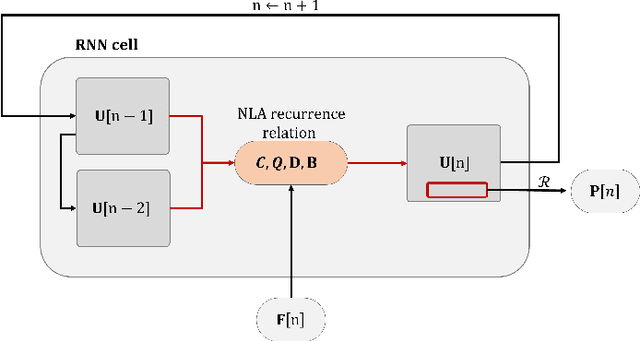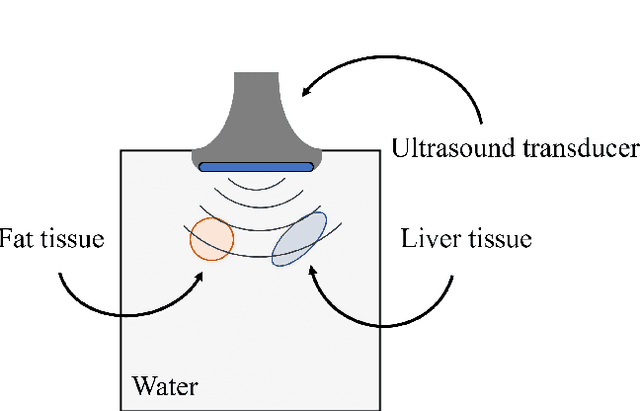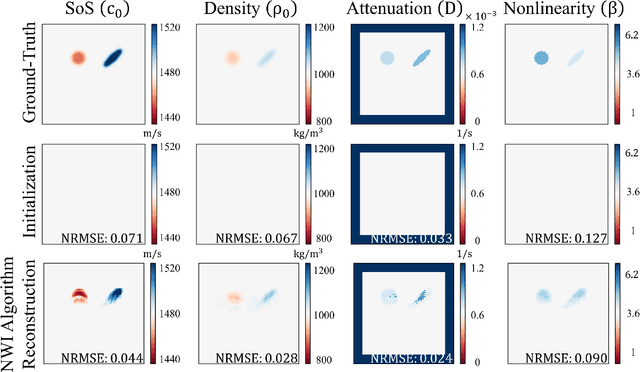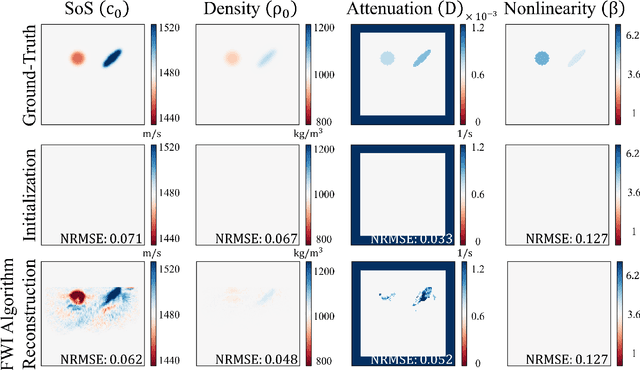Avner Shultzman
Generalization and Estimation Error Bounds for Model-based Neural Networks
Apr 19, 2023



Abstract:Model-based neural networks provide unparalleled performance for various tasks, such as sparse coding and compressed sensing problems. Due to the strong connection with the sensing model, these networks are interpretable and inherit prior structure of the problem. In practice, model-based neural networks exhibit higher generalization capability compared to ReLU neural networks. However, this phenomenon was not addressed theoretically. Here, we leverage complexity measures including the global and local Rademacher complexities, in order to provide upper bounds on the generalization and estimation errors of model-based networks. We show that the generalization abilities of model-based networks for sparse recovery outperform those of regular ReLU networks, and derive practical design rules that allow to construct model-based networks with guaranteed high generalization. We demonstrate through a series of experiments that our theoretical insights shed light on a few behaviours experienced in practice, including the fact that ISTA and ADMM networks exhibit higher generalization abilities (especially for small number of training samples), compared to ReLU networks.
Nonlinear Waveform Inversion for Quantitative Ultrasound
May 17, 2022



Abstract:Due to its non-invasive and non-radiating nature, along with its low cost, ultrasound (US) imaging is widely used in medical applications. Typical B-mode US images have limited resolution and contrast and weak physical interpretation. Inverse US methods were developed to reconstruct the media's speed-of-sound (SoS) based on a linear acoustic model. However, the wave propagation in medical US is governed by nonlinear acoustics, which introduces more complex behaviors neglected in the linear model. In this work we propose a nonlinear waveform inversion (NWI) approach for quantitative US, that considers a nonlinear acoustics model to simultaneously reconstruct multiple material properties, including the medium's SoS, density, attenuation, and nonlinearity parameter. We thus broaden current inverse US approaches, such as the full waveform inversion (FWI) algorithm, by considering nonlinear media, and additional physical parameters. We represent the nonlinear acoustic model by means of a recurrent neural network, which enables us to apply advanced optimization algorithms borrowed from the deep learning toolbox and achieve more efficient reconstructions compared to the FWI method. We evaluate the performance of our approach on in-silico data and show that neglecting nonlinear effects may result in substantial degradation in the reconstruction, paving the way of NWI into clinical applications.
Adaptive Time-Channel Beamforming for Time-of-Flight Correction
Oct 17, 2021



Abstract:Adaptive beamforming can lead to substantial improvement in resolution and contrast of ultrasound images over standard delay and sum beamforming. Here we introduce the adaptive time-channel (ATC) beamformer, a data-driven approach that combines spatial and temporal information simultaneously, thus generalizing minimum variance beamformers. Moreover, we broaden the concept of apodization to the temporal dimension. Our approach reduces noises by allowing for the weights to adapt in both the temporal and spatial dimensions, thereby reducing artifacts caused by the media's inhomogeneities. We apply our method to in-silico data and show 12% resolution enhancement along with 2-fold contrast improvement, and significant noise reduction with respect to delay and sum and minimum variance beamformers.
 Add to Chrome
Add to Chrome Add to Firefox
Add to Firefox Add to Edge
Add to Edge